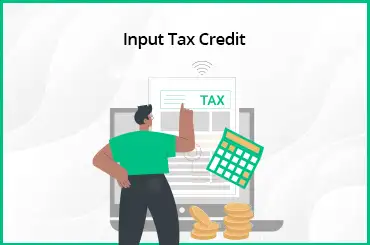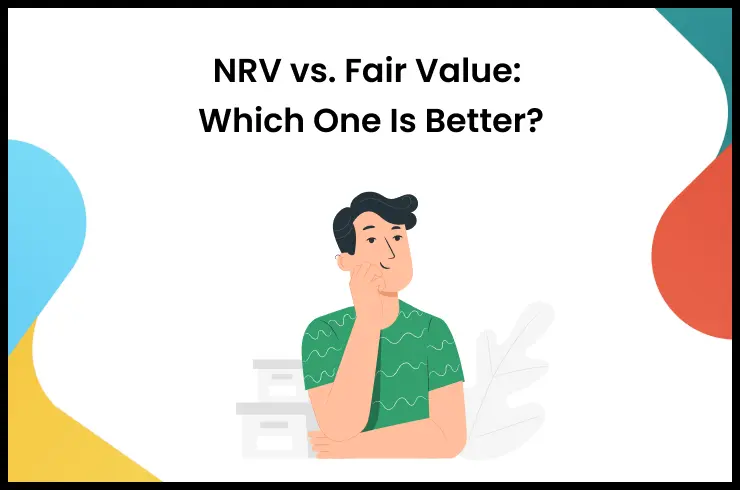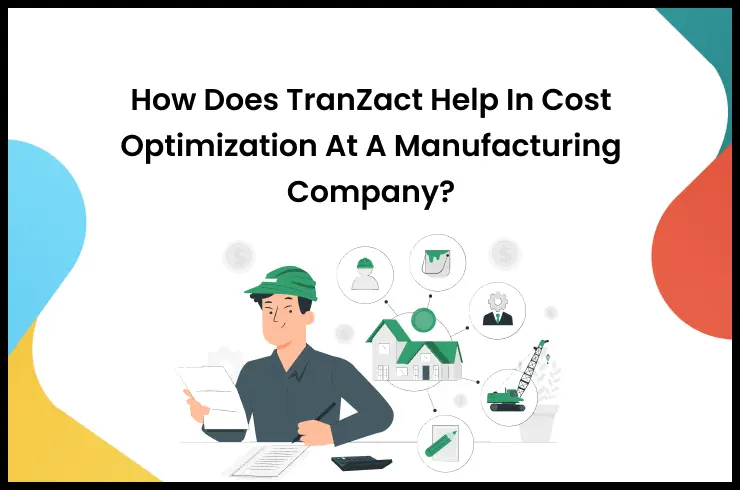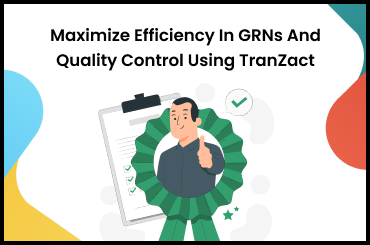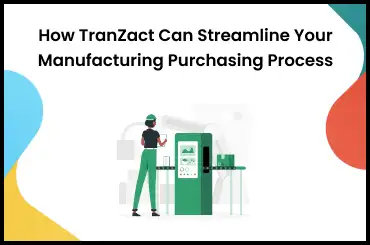A simple search on what is input tax credit will reflect it as the amount of credit or deduction in tax liability whenever any business makes a sale. Every taxable business under the Goods and Service Tax (GST) regime can avail of input tax credit or ITC.
If you're a business, you need to know how ITC works and affects your company, and the importance of input tax credit. This blog will help you know more on this topic.
What Is Input Tax Credit in GST With Example?
Input tax credit is the tax paid by a business on the occasion of a purchase, which can further be used to reduce its tax liability during a sale. Among its main features, GST allows the seamless flow of input credit across the entire chain, from the manufacturer to the end consumer. Input credit applies to any business entity, with a GST number, which has already paid tax during an input or purchase of goods.
With an input tax credit (ITC), they can reduce their tax liability when making a sale. In other words, a business enterprise can reduce its tax liability by claiming and deducting the GST already paid during the purchase.
An ITC is effectively the paid tax on the purchase of goods and services by the buyer. This paid tax is effectively reduced from the payable output (or sale) tax. Let's understand the concept of input tax credit under GST with an example below:
Business X purchases goods valued at ₹10,000 with 18% GST. This means it paid an output GST of ₹1,800. The business then sold the same goods at a price of ₹30,000 with a payable GST of 18%. In this case, the input GST amount works out to ₹5,400.
The net payable GST is the input GST minus the output GST. In this case, it works out to ₹5,400 - ₹1,800 or a net payable amount of ₹3,600. The GST input tax credit in this transaction would be ₹1,800, as it was already paid during the purchase.
Next, let's discuss who is eligible and ineligible for an input tax credit under the GST regime.
Who Is Eligible to Claim Input Tax Credit in GST?
The benefits of input tax credit can only be claimed by individuals or businesses registered under GST in India. Here are the strict conditions under which a registered GST entity can claim ITC:
- They can produce tax documents like tax invoices and debit notes.
- The mentioned goods or services have been delivered.
- They have completed filing their income tax returns (ITR) for the financial year.
- The said tax amount has been paid to the Indian government under GST laws.
Registered GST members can avail of ITC on producing the following documents:
- Tax invoice from the registered supplier.
- The registered supplier for an earlier tax invoice issued a debit note.
- Invoice issued by the good or service recipient who has already paid tax under the reverse charge mechanism.
- Document of Bill of Entry (when it comes to import of goods).
- Invoice or credit note issued by input service provider.
Under the GST scheme, eligible members can only claim ITC for tax invoices, and debit notes less than one year old. Here is the time limit for claiming ITC:
- Before filing GST returns for any month following the end of the financial year. For example, if you are filing the GST returns in September 2022, and the tax invoice was issued in June 2022, then you must claim ITC by August 2022.
- Before filing the annual GST return.
Now that we have seen what is input tax credit and who is eligible for ITC, let's discuss who is not. Any person or business entity registered under the GST composition scheme cannot claim ITC. Additionally, ITC can be claimed only for business purposes. It is not available for goods or services sold for personal use or selected supplies exempt from ITC.
Are individuals or entities who have applied for GST registration eligible for ITC? Herein, ITC on inputs can be availed on finished goods and semi-finished goods in stock on the day, before they are liable to pay tax. This is possible only when the individual has applied for GST registration within 30 days from when they are liable to register (or have been registered already).
When can a business dealer voluntarily apply for GST registration? If a business dealer is under the GST composition scheme, they have to become a regular dealer if their aggregate turnover crosses ₹50 lakhs. In this case, they can avail ITC for inputs on finished and semi-finished goods in stock and capital goods.
Next, let's talk about input tax credit on capital goods.
Input Tax Credit on Capital Goods
The input tax credit on the capital goods ledger is created under Section 16 of the CGST Act.
Under the GST regime, you can claim ITC on capital goods unless you have already claimed depreciation benefits. Additionally, ITC cannot be claimed for capital goods used for personal use or for goods under exempted sales.
The input tax credit is available for manufacturers and traders of capital goods and can be spread across a maximum of 36 EMIs. This limit can be reduced depending on the Indian state where the sale took place. For example, in Maharashtra, you can avail for ITC only in the month of purchase.
If a capital asset is sold across 36 months, the proportional value of ITC can be withdrawn every month. After availing ITC, if a taxable individual or entity sells the capital goods, they are eligible to pay the GST amount higher than:
- ITC minus 5% (per quarter) of the invoice date
- The sale price of the capital goods is multiplied by the GST rate.
Input Tax Credit Under VAT
The objective of introducing GST was to replace the previous tax regime that included value-added tax (VAT). VAT is calculated based on value addition to any sold goods. Under the VAT scheme, the VAT amount is calculated by deducting the ITC from the output sales tax.
Here is an input tax credit example for VAT calculation:
Business X makes an input purchase of ₹1 lakh in one month and an output sale of ₹2 lakhs in the same month. It pays an input tax of ₹5,000 and is eligible for an output tax of ₹20,000. The overall VAT is the difference between the payable output and the paid input tax. In this case, it works out to ₹15,000.
Input Tax Credit on Service Tax
Also referred to as the Central Value Added Tax (CENVAT) credit, ITC on service tax means that any service tax paid by another service provider can be claimed under ITC.
Here is a simplified explanation: Every service provider is also a consumer. The paid service tax is an input cost for the service provider, which the provider then levies on the final consumer. For example, a service provider will have an office telephone where they will pay a service tax on the phone bill. The CENVAT credit is provided to service providers as an input tax credit to avoid this scenario.
Input Tax Credit Eligible & Ineligible Purchases
Eligible individuals or business entities can claim ITC for most inputs. However, there are some eligible and ineligible purchases for claiming ITC benefits. Let's start with the list of eligible purchases:
- For all sales and resales within the same state.
- Interstate trade or commerce.
- All goods classified as raw materials, consumables, containers, and packaging materials that are sold within (or outside) the country.
- All work contracts.
- All capital goods that are manufactured and resold.
Here is the list of ineligible purchases:
- Goods purchased from unregistered GST dealers or registered dealers (under the Composition scheme).
- Goods listed in the negative item list by respective state governments.
- Goods purchased without any invoice.
- Goods purchased with an invoice but without mentioning any tax amount.
- Goods purchased for exempted manufacturing goods (except exports).
- Goods purchased for personal use.
Here are some more goods and services that are not eligible for ITC:
- Motor vehicles or conveyance services.
- Food, beverages, and outdoor catering services.
- Beauty treatment, health services, and plastic surgery.
- Life and health insurance.
- Employee travel benefits.
- Construction of any immovable property (excluding any plant or machinery).
- Lost or stolen goods.
How to Claim Input Tax Credit
Every registered GST taxpayer must report their ITC in Form GSTR-3B when filing their monthly GST returns. This form provides the details of the available ITC, reversed ITC, and ineligible ITC in a tabular format. The net available ITC is mentioned by deducting the reversed ITC from the available ITC.
On a provisional basis, taxpayers can claim ITC in Form GSTR-3B to a maximum of 20% of the eligible ITC as reported by its suppliers (in the GSTR-2A form).
Under the GST regime, there can be a reversal of input tax credit for the following cases:
- When invoices are not paid within 180 days of issuing.
- When the seller issues a credit note to the Input Service Distributor (ISD).
- When input goods or services are used for personal purposes, partly for business purposes, or exempted supplies.
- When the reversed ITC is lesser than the total ITC claimed for exempted or non-business purposes.
To summarize, through this blog, we have explained what is input tax credit and how registered GST individuals and business entities can claim benefits by adhering to the input tax credit rules under GST. Taxpayers must remember these rules whenever they are claiming ITC.
Are you looking for GST-compliant invoicing to accelerate ITC processes? TranZact is a business automation platform that can help you out!
FAQs on Input Tax Credit
1. Who is eligible for input tax credit?
Any individual or business entity with a GST registration is eligible to claim an input tax credit (ITC). They can claim an ITC only for products purchased to be used in their business.
2. How do I claim input tax credit under GST?
To claim ITC, buyers registered under GST must pay for the supplies to the product supplier within 180 days of receiving their invoice. They must also report their ITC in Form GSTR-3B when filing their GST returns.
3. Which items are not eligible for ITC?
Here are some of the goods and services not eligible for ITC: a. Motor vehicles or conveyance-related services b. Food or catering services c. Beauty treatment and health services d. Employee travel benefits







